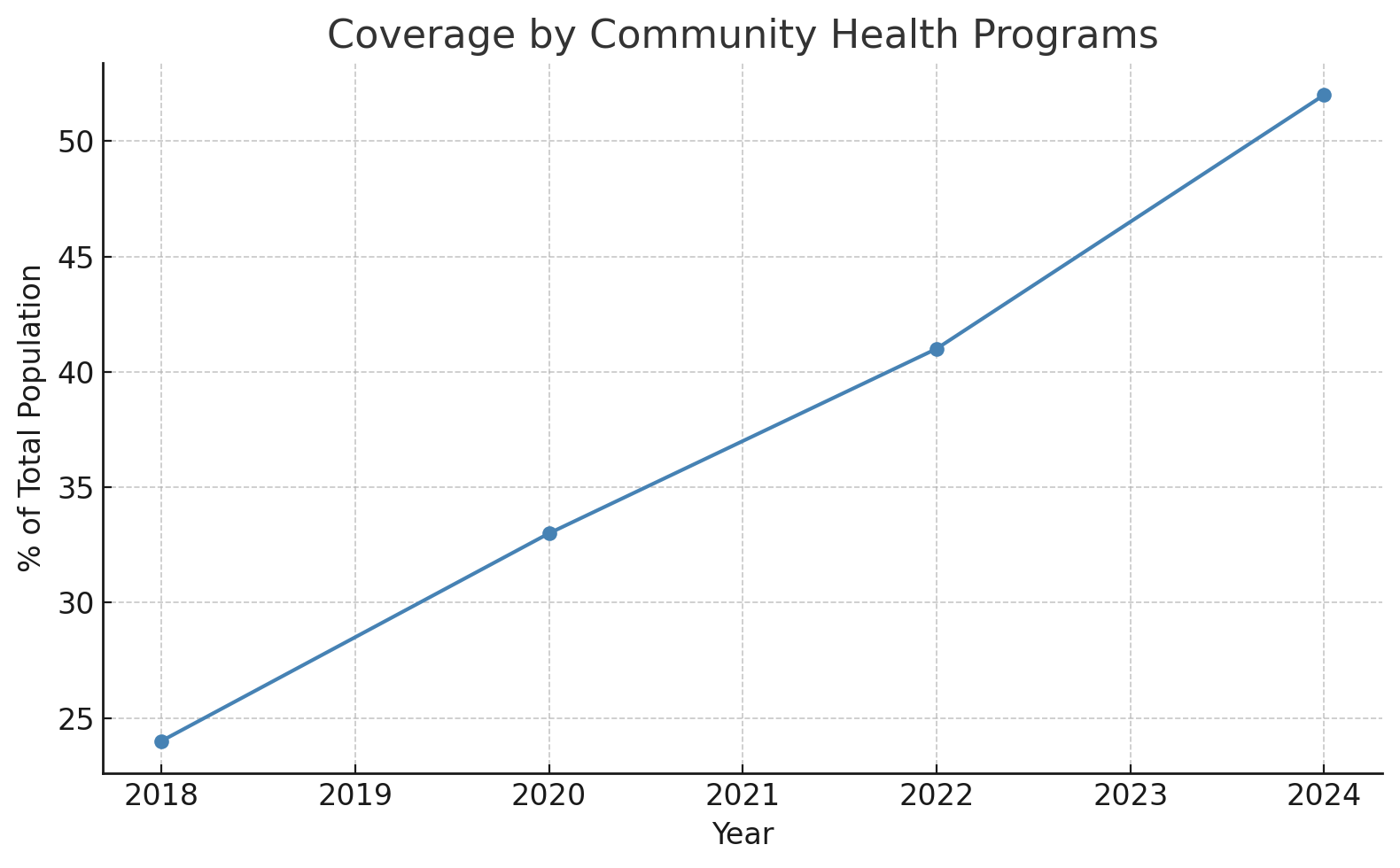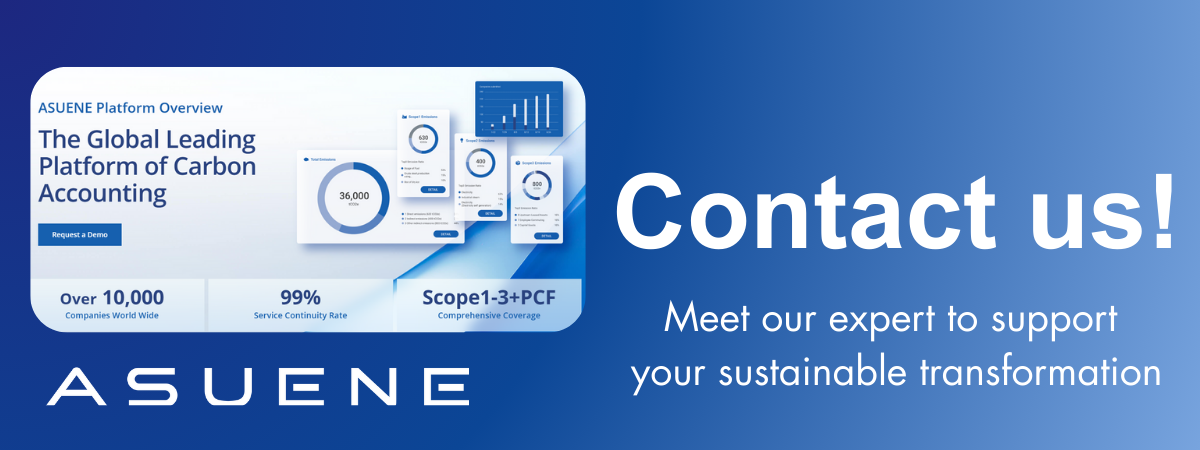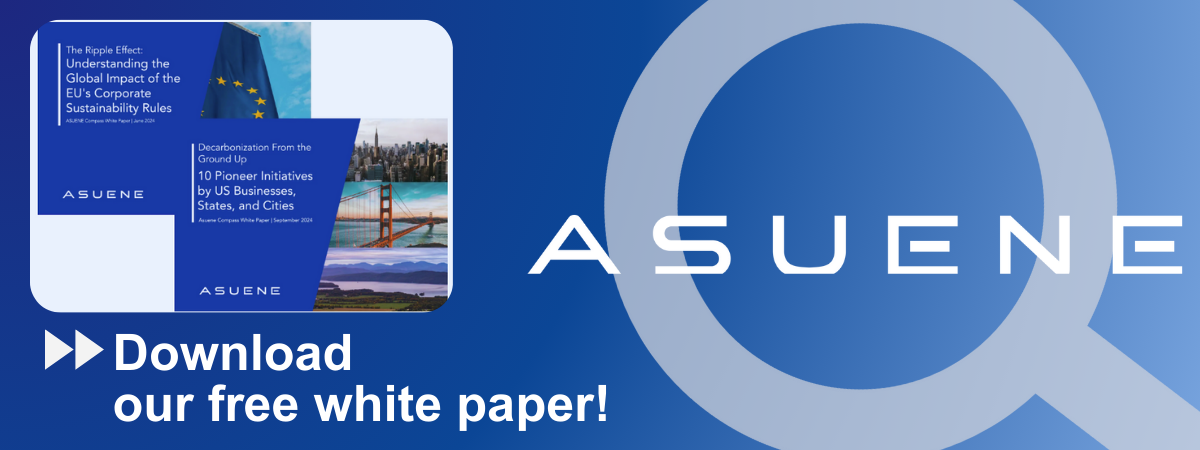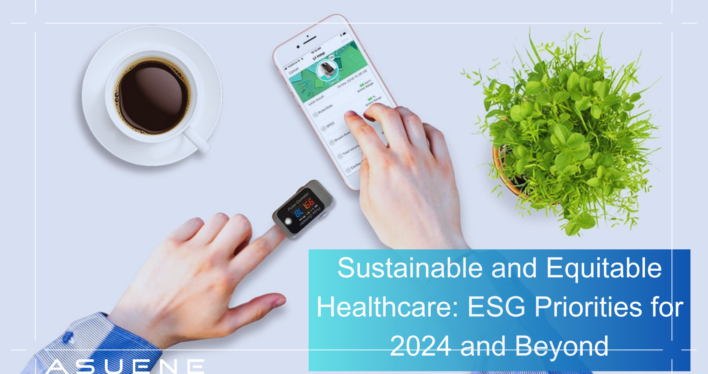- Article Summary
-
The healthcare industry is undergoing a paradigm shift. Long viewed through the lens of patient care and clinical outcomes, healthcare providers, pharmaceutical companies, and medical device manufacturers are now expected to deliver measurable performance in environmental, social, and governance (ESG) domains. In 2024 and beyond, ESG is not just a compliance requirement—it is an operational and reputational imperative. This article outlines five priority ESG areas transforming the healthcare sector.
Decarbonizing Healthcare Facilities and Supply Chains
Healthcare contributes nearly 5% of global greenhouse gas emissions, with the bulk stemming from energy use, supply chains, and waste. Leading institutions are taking aggressive steps to reduce their carbon footprint.
Key strategies include:
- Retrofitting hospitals with energy-efficient systems and renewable power.
- Electrifying vehicle fleets and cold storage logistics.
- Partnering with suppliers that meet carbon disclosure standards.
| Facility Type | Avg. Annual Emissions (tCO₂e) | Emission Reduction Goal |
|---|---|---|
| General Hospital | 18,000 | -50% by 2030 |
| Specialty Clinics | 6,500 | -40% by 2030 |
| Pharma R&D Sites | 11,200 | -55% by 2035 |
Healthcare-specific carbon accounting tools, such as those from Health Care Without Harm and PCHi, are seeing wider adoption.
Expanding Access and Addressing Health Equity
Equity is foundational to ESG in healthcare. Organizations are broadening their impact from individual patients to communities, with particular focus on underserved populations.
Common initiatives:
- Establishing mobile health units and telemedicine services in rural areas.
- Launching culturally inclusive care training for frontline staff.
- Offering language-accessible appointment systems and clinical materials.

Population Coverage by Community Health Programs
Year | % of Total Population
----------|-----------------------
2018 | 24%
2020 | 33%
2022 | 41%
2024 (E) | 52%
Health equity efforts are increasingly linked to funding eligibility under public and private reimbursement models.

Workforce Sustainability and Diversity
Healthcare workers are the backbone of the system, yet they face high rates of burnout, stress, and inequity. ESG-conscious organizations are taking tangible steps to ensure a safe, supportive, and inclusive work environment.
Key areas of improvement:
- Expanding employee mental health programs and wellness benefits.
- Closing gender and minority pay gaps across clinical and administrative roles.
- Creating pipelines for underrepresented groups in medical leadership.
| Workforce Indicator | Industry Average | Leading Institutions |
|---|---|---|
| Women in Clinical Roles (%) | 67% | >75% |
| Minorities in Management (%) | 21% | >35% |
| Mental Health Program Access (%) | 58% | 100% |
Employee well-being is increasingly viewed as a proxy for patient safety and care quality in ESG metrics.
Digital Ethics and Data Governance in Health IT
The acceleration of digital health has brought with it increased risk of data misuse, bias in algorithms, and privacy violations. Governance frameworks are being strengthened to mitigate these risks.
Institutions are prioritizing:
- Implementation of digital ethics boards for new technologies.
- Clear patient consent mechanisms and data portability standards.
- Independent AI audits for clinical decision support tools.

Healthcare Providers with Formal Digital Ethics Policies
Year | % Adoption
----------|------------
2020 | 11%
2021 | 18%
2022 | 27%
2023 | 35%
2024 (E) | 43%
With the growth of predictive analytics and generative AI, ethical AI governance is expected to become mandatory in regulatory environments such as the EU AI Act and HIPAA expansions.
Strengthening ESG Reporting and Transparency
As ESG assurance standards evolve, healthcare providers are investing in robust data collection and disclosure practices. Investors, patients, and governments are demanding visibility into organizational sustainability.
Key developments:
- Increased reporting aligned with GRI, SASB (Healthcare Standard), and TCFD.
- Lifecycle assessments of medical devices and pharmaceutical products.
- ESG-linked loan structures for nonprofit hospitals.
| ESG Framework | Adoption Rate in Healthcare |
|---|---|
| GRI | 56% |
| SASB (Healthcare) | 48% |
| TCFD | 33% |
| ISSB (2024 onboarding) | 21% |
In addition to emissions and equity, metrics now encompass patient trust, clinical outcomes, and digital safety—expanding the ESG conversation to include healthcare-specific KPIs.
Conclusion: ESG as a Core Competency in Healthcare
Sustainability and equity are no longer peripheral to healthcare—they are essential to delivering meaningful, modern care. Institutions that lead on ESG will not only be more compliant, but also more resilient, more trusted, and more aligned with patient and societal expectations.
In 2024 and beyond, healthcare leaders must operationalize ESG across every level—from clinic floor to boardroom—ensuring the sector truly heals people, communities, and the planet.
Why Work with ASUENE Inc.?

ASUENE USA Inc., a subsidiary of Asuene Inc., is a key player in carbon accounting, offering a comprehensive platform that measures, reduces, and reports emissions, including Scope 1-3, with expertise in decarbonization. Asuene serves over 10,000 clients worldwide, providing an all-in-one solution that integrates GHG accounting, ESG supply chain management, a Carbon Credit exchange platform, and third-party verification.
ASUENE supports companies in achieving net-zero goals through advanced technology, consulting services, and an extensive network.

